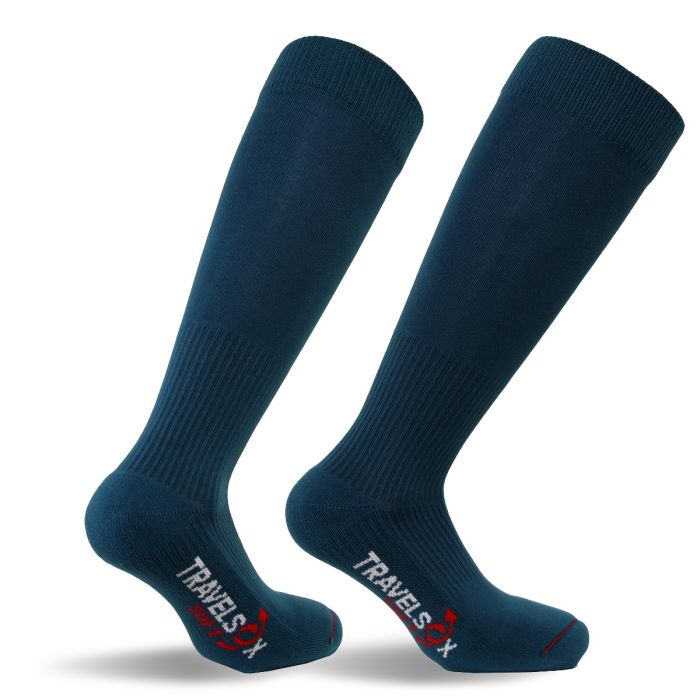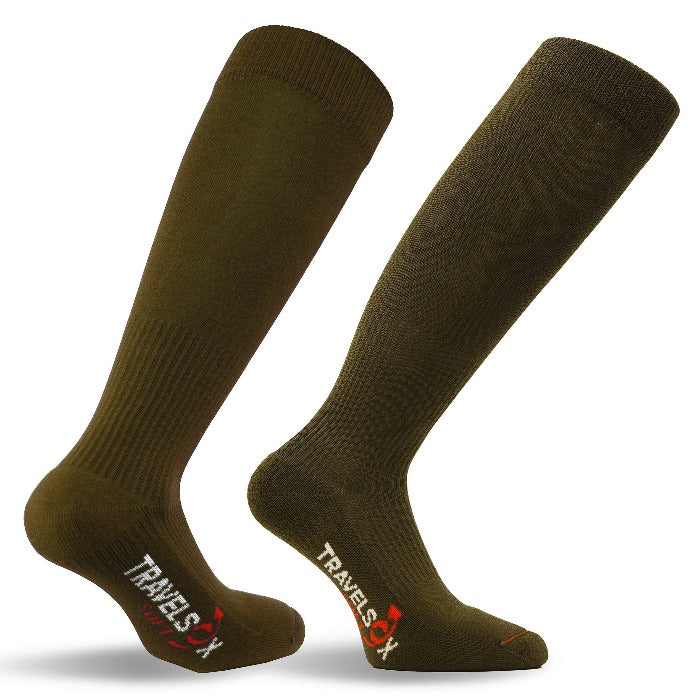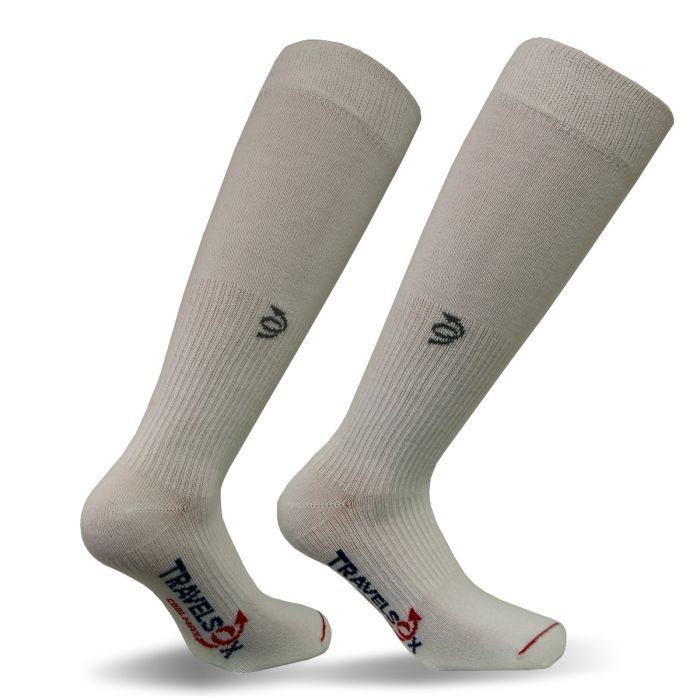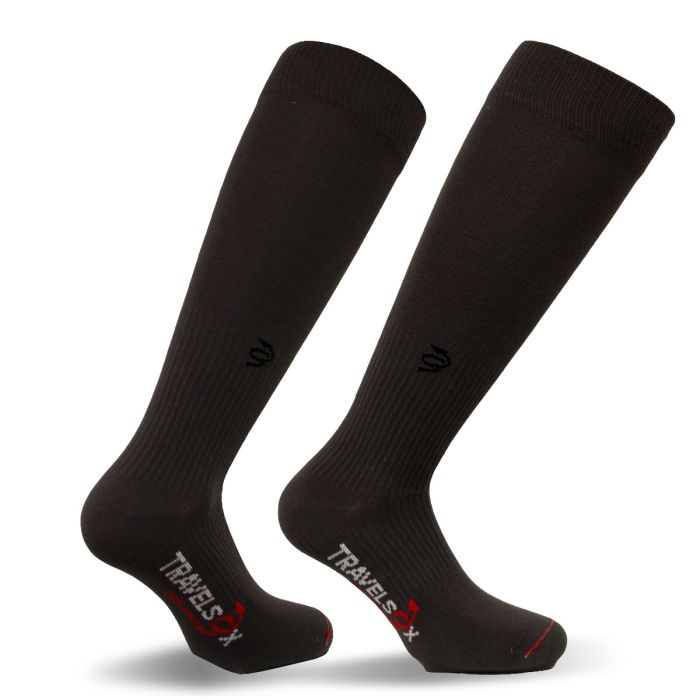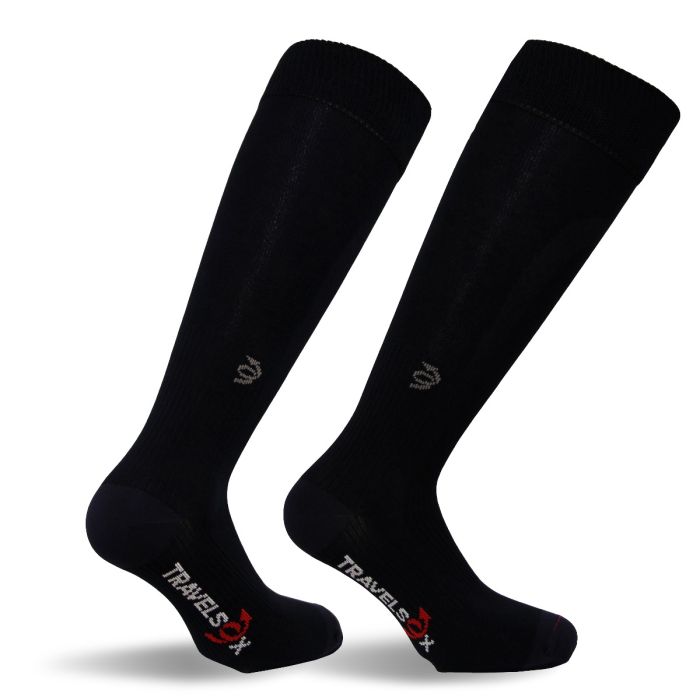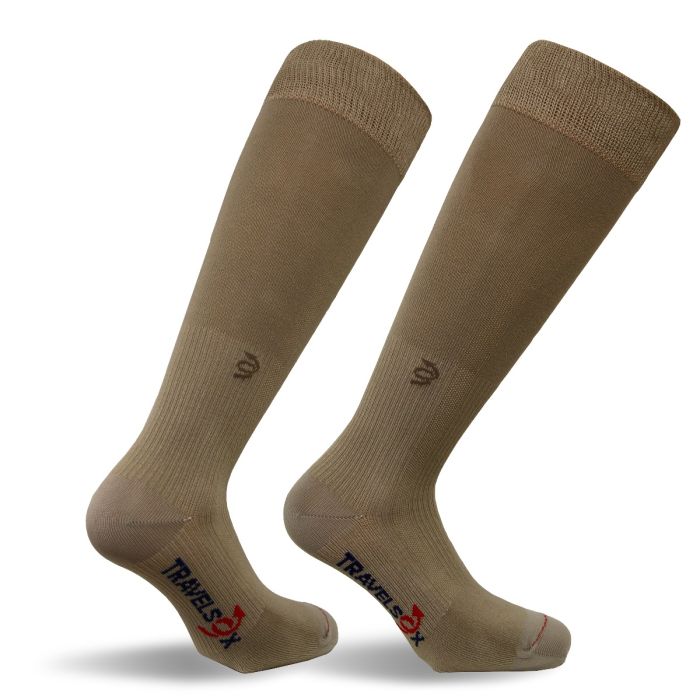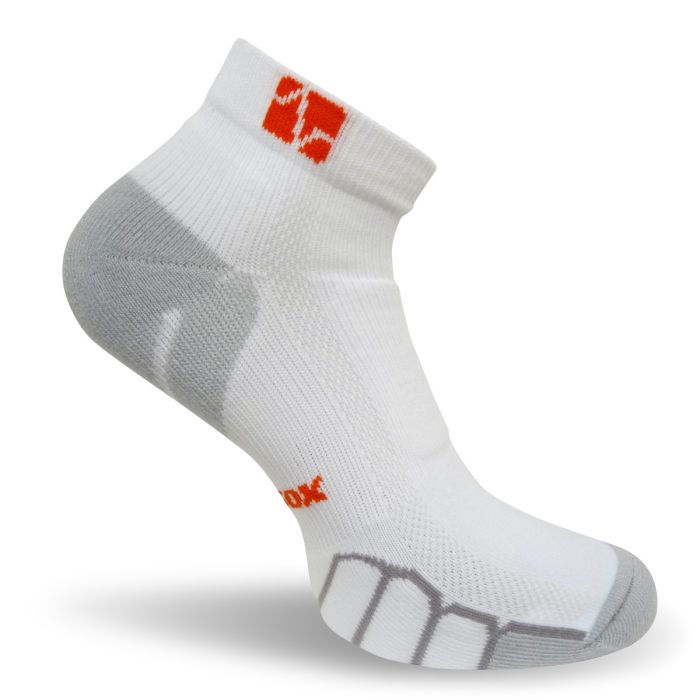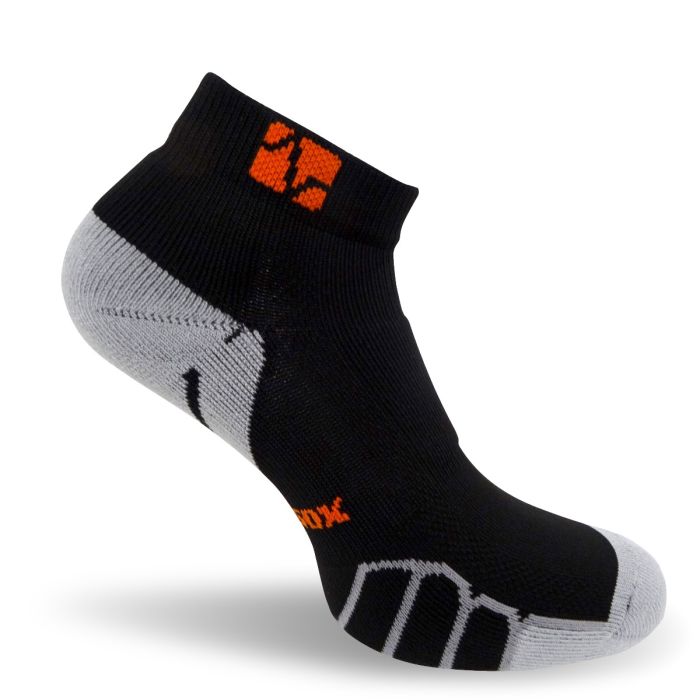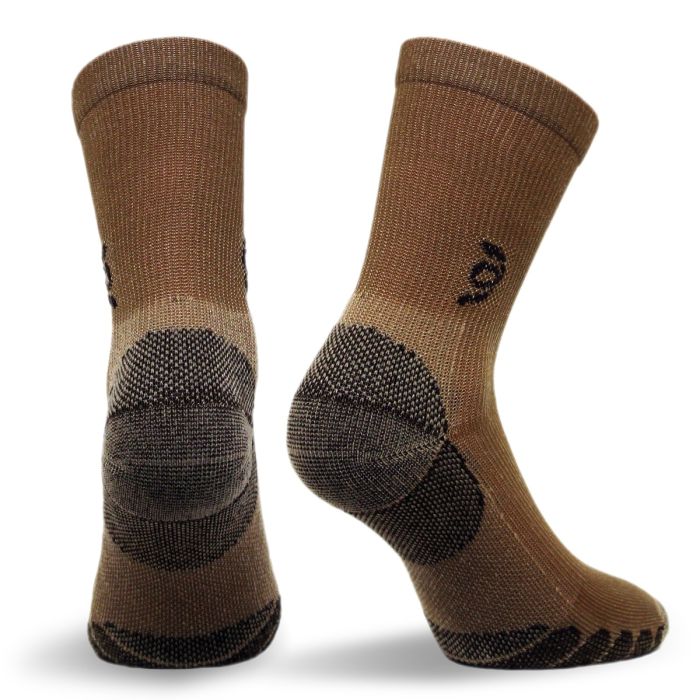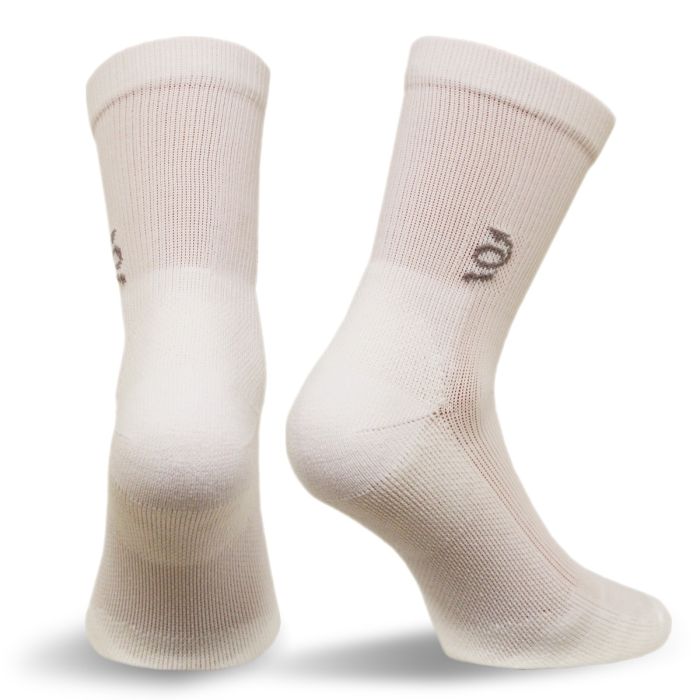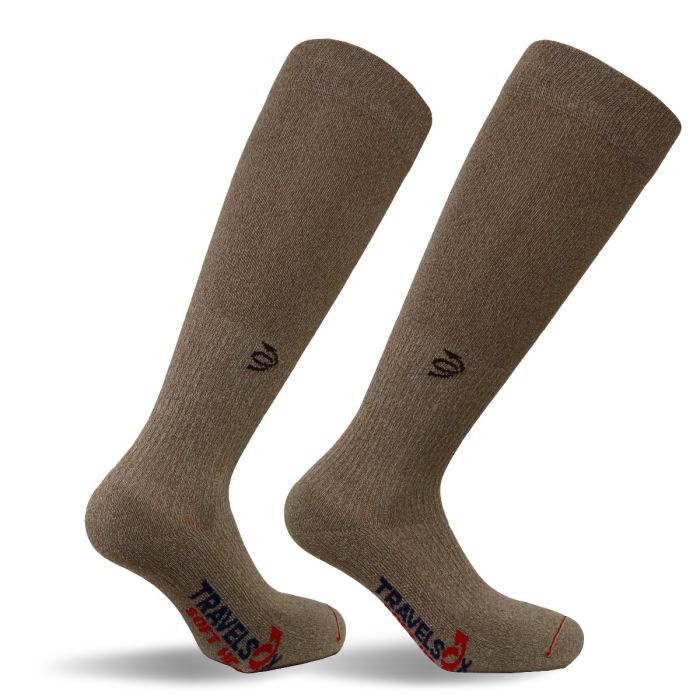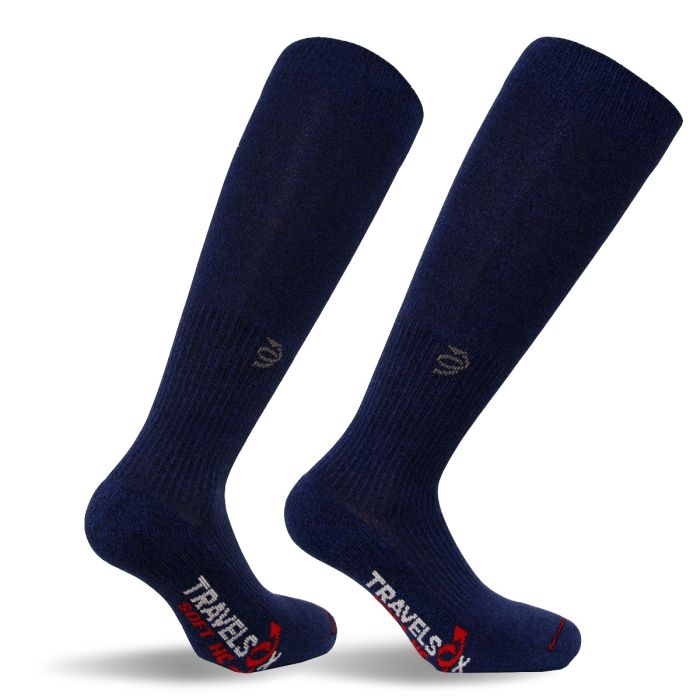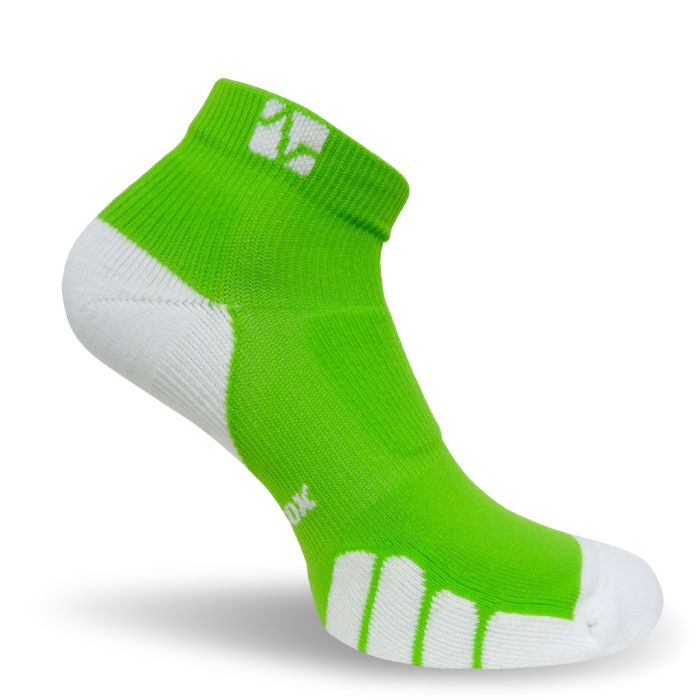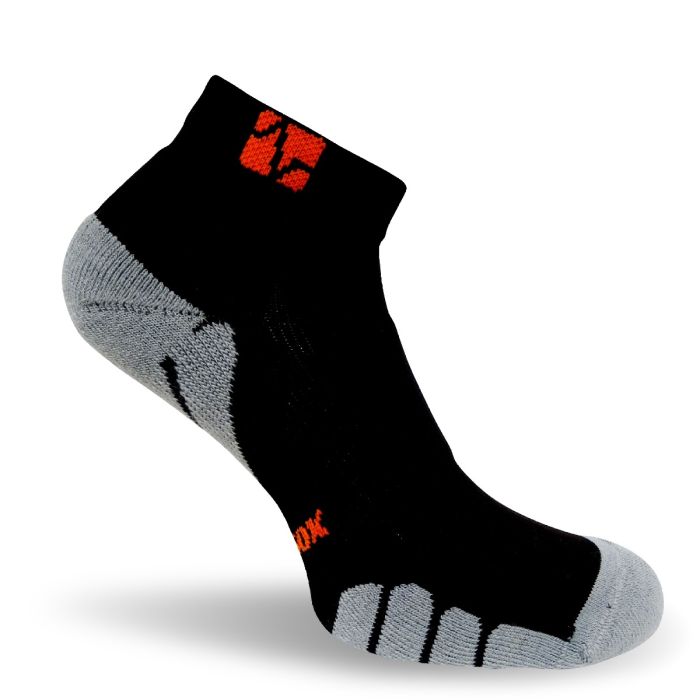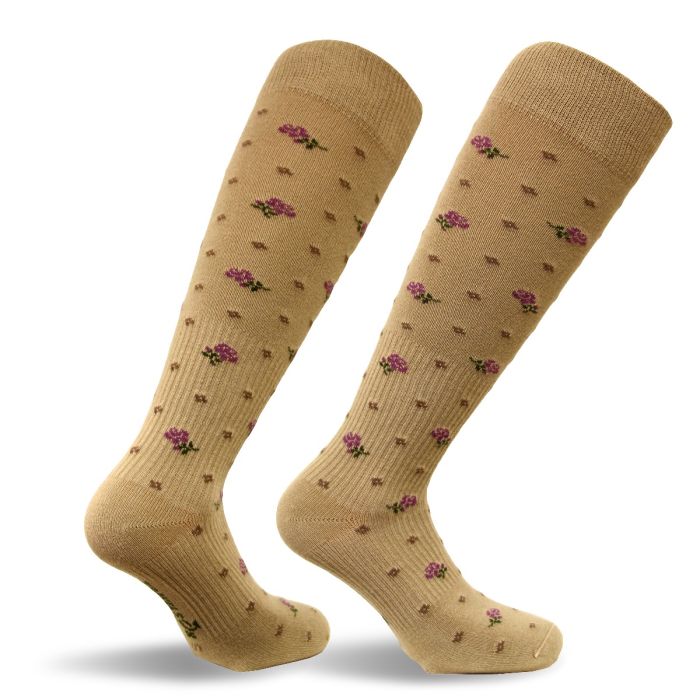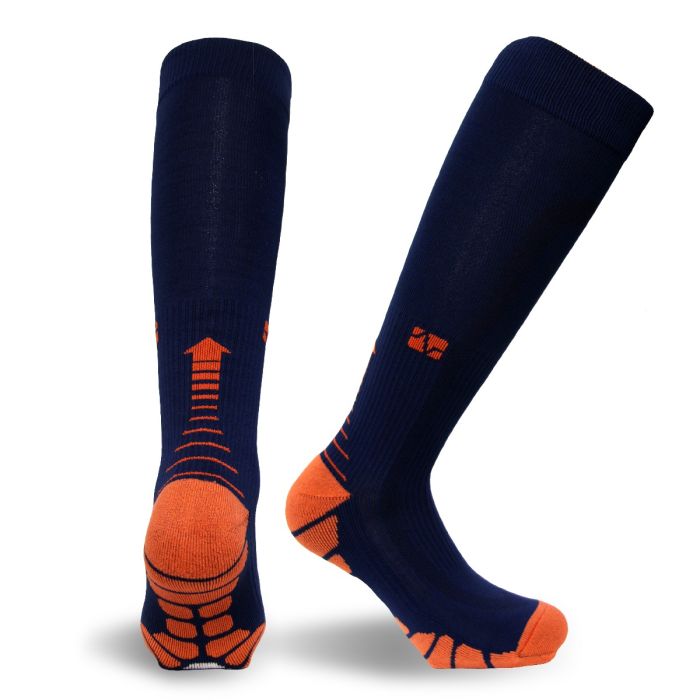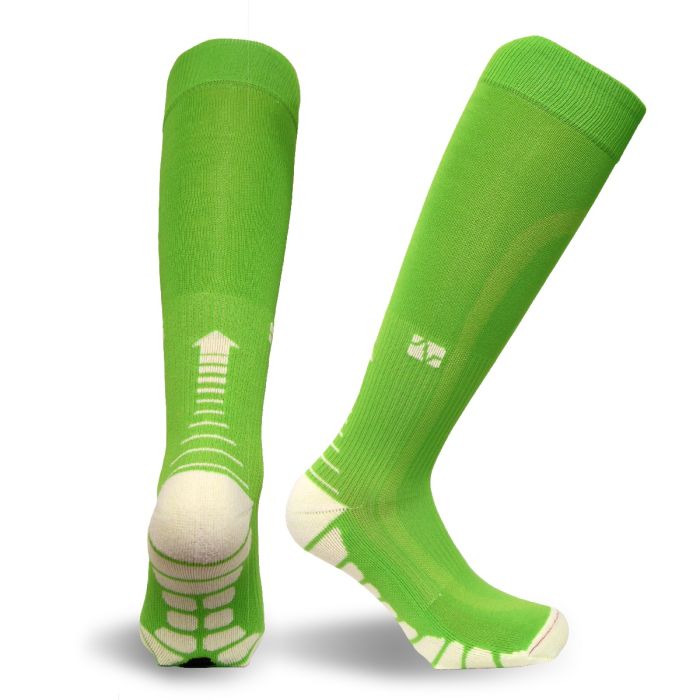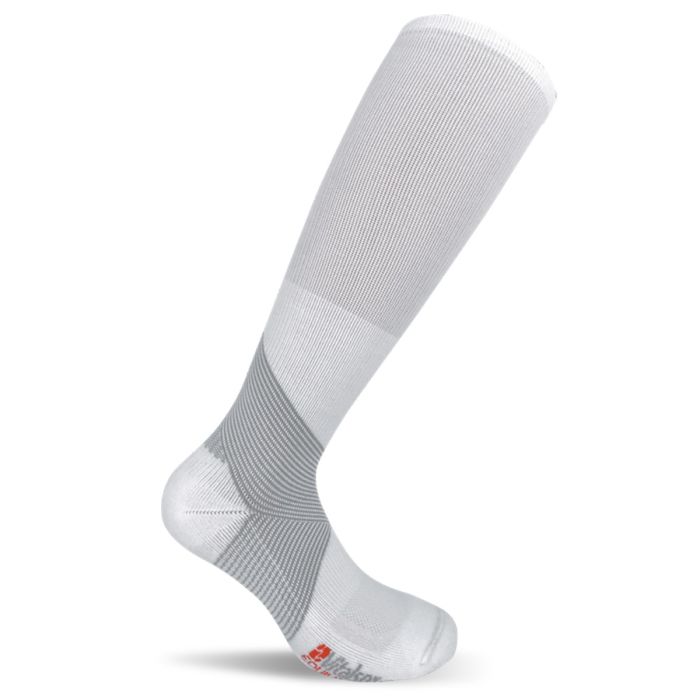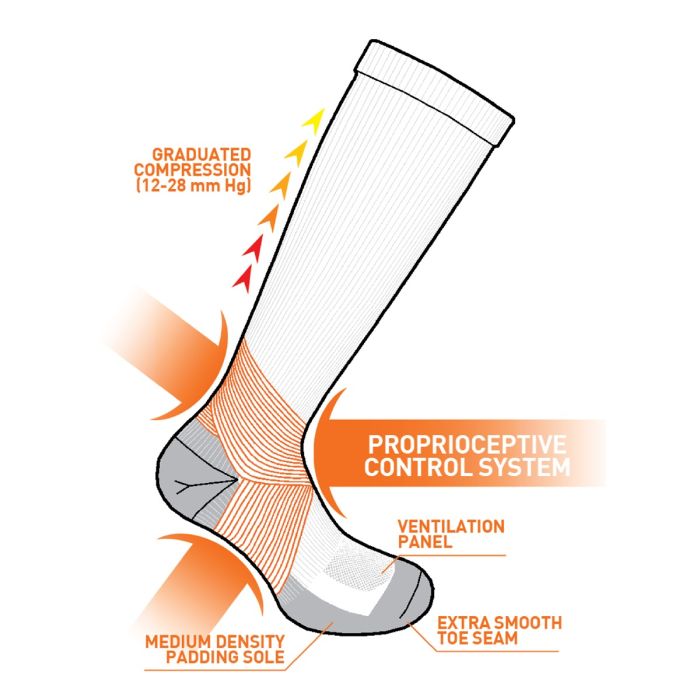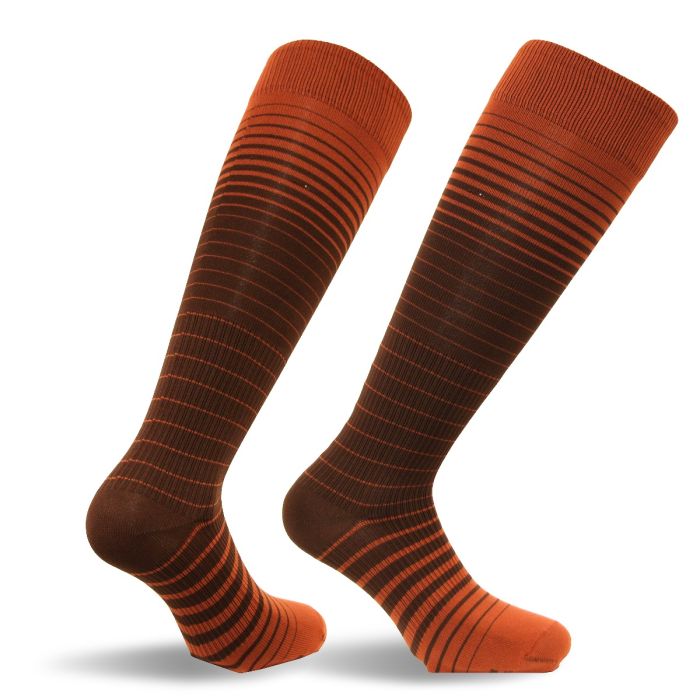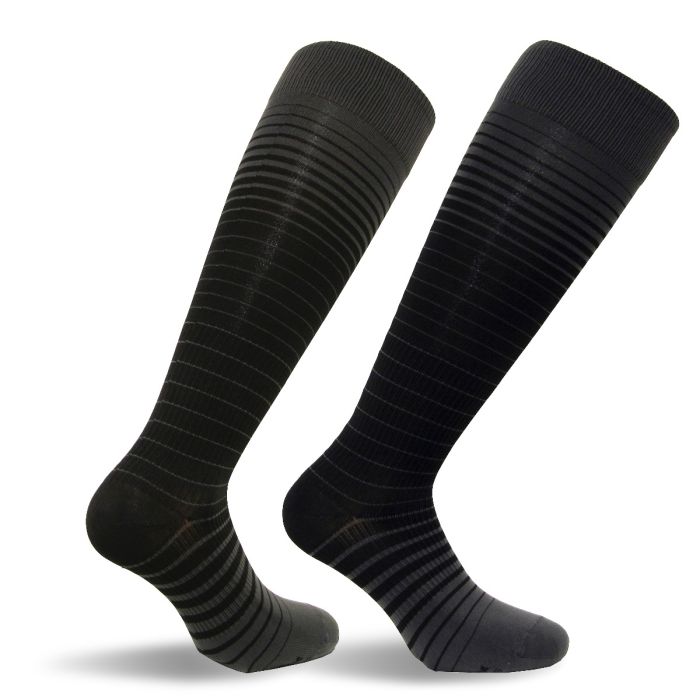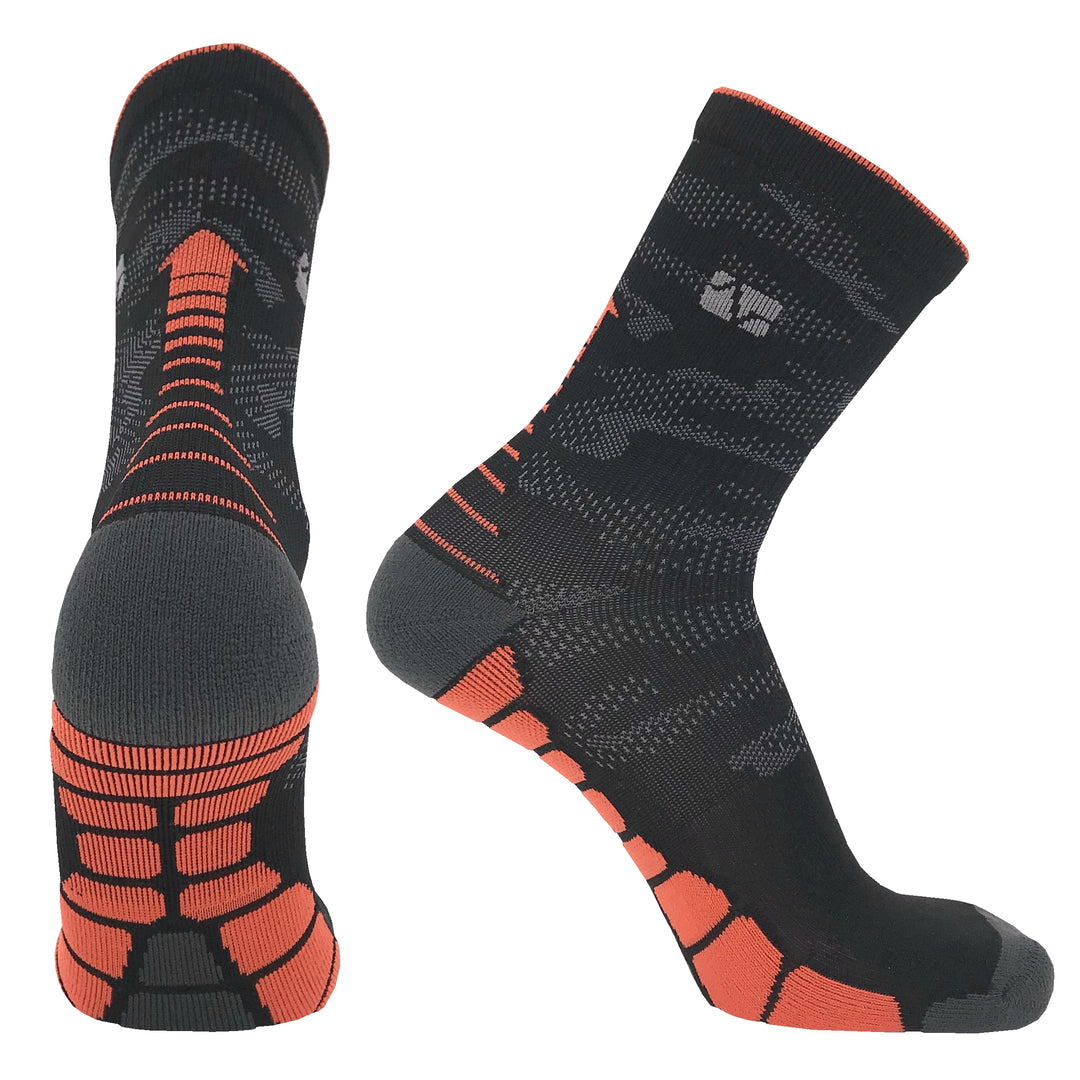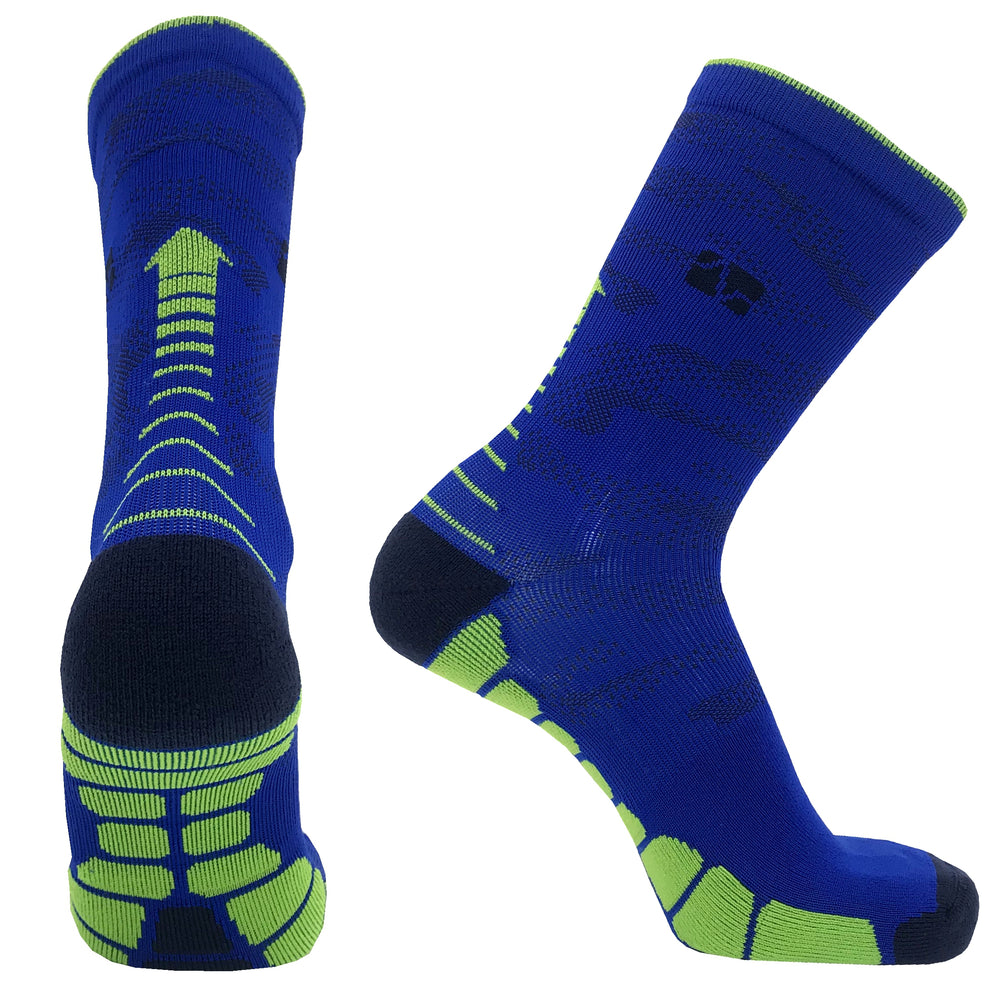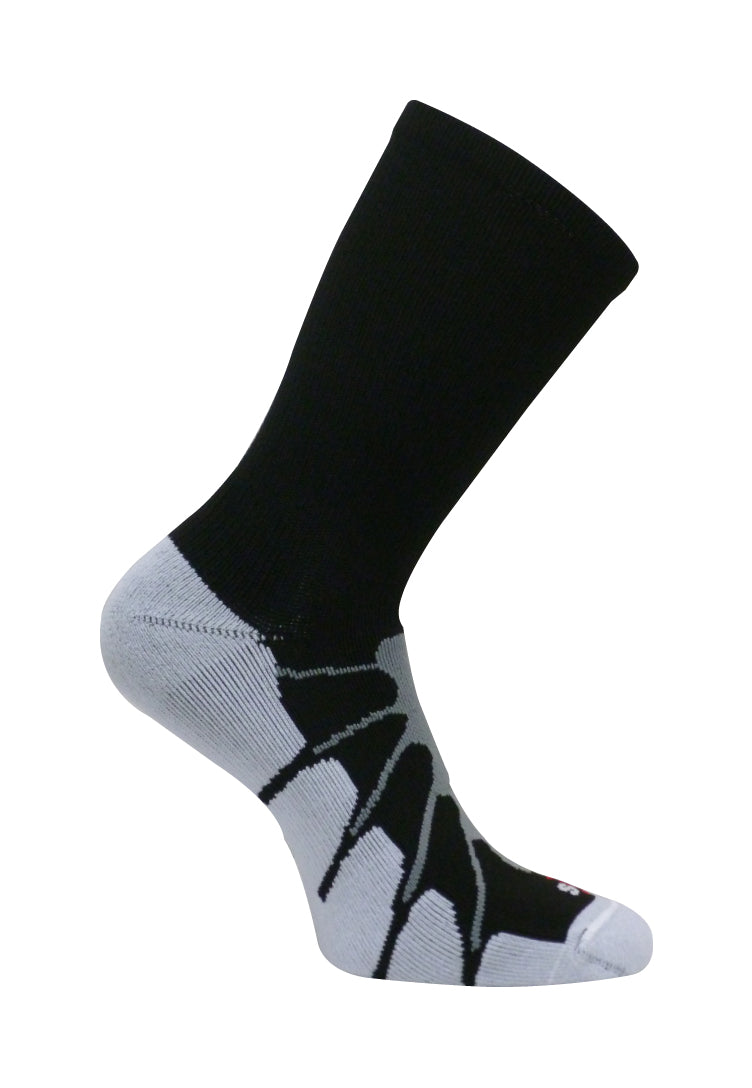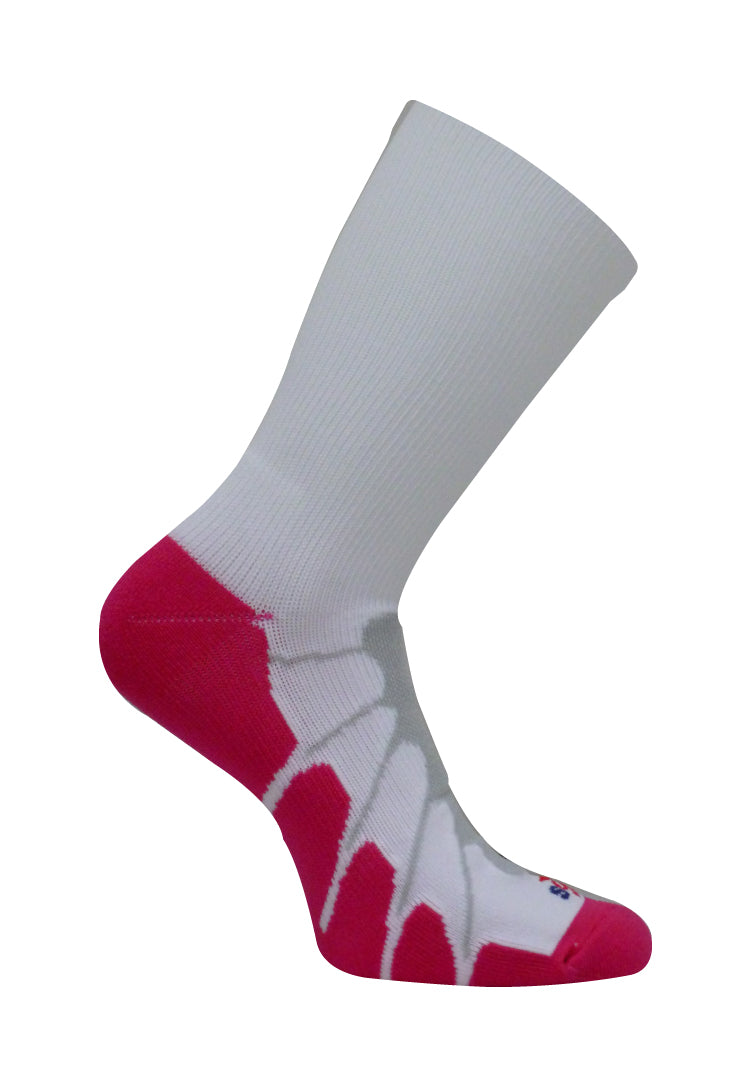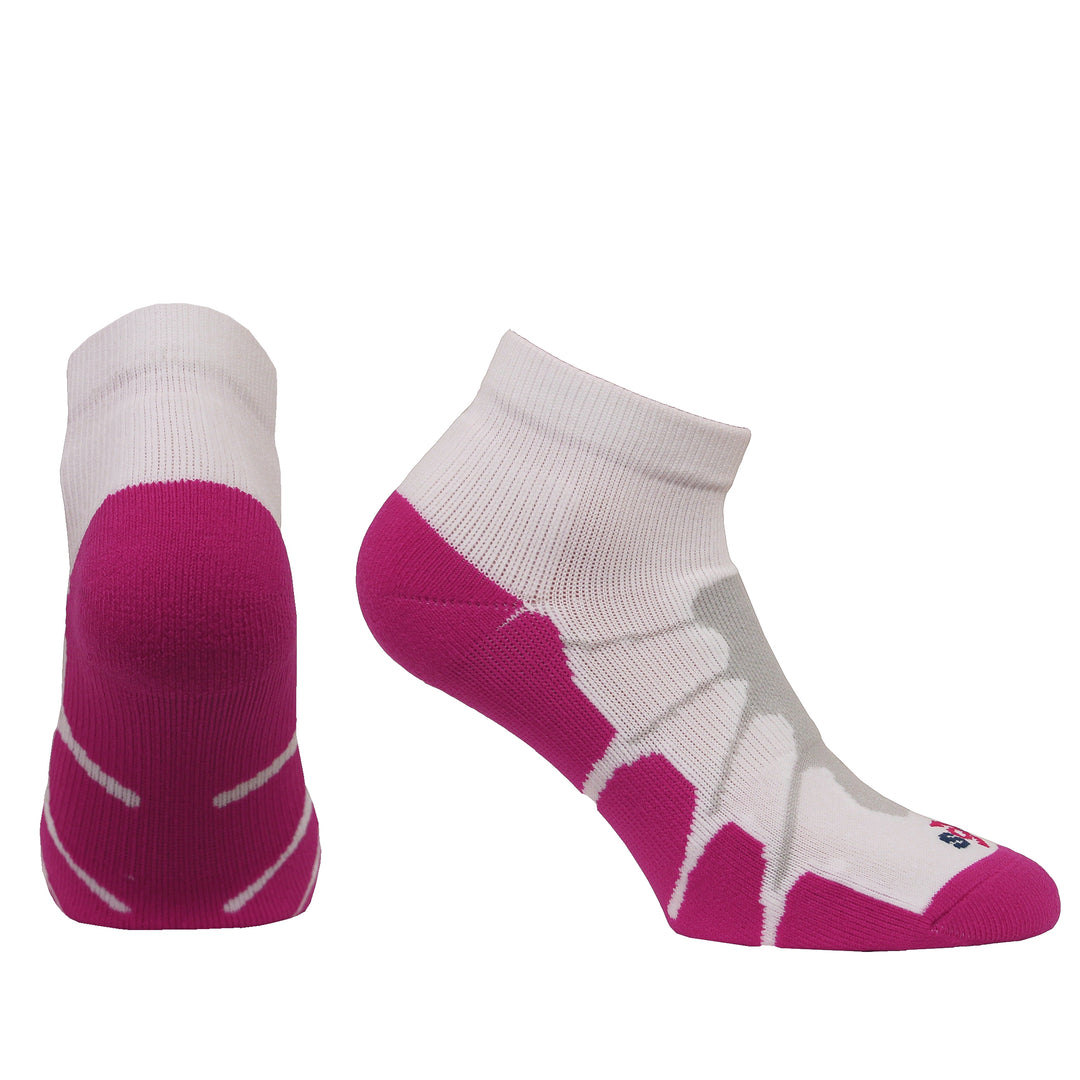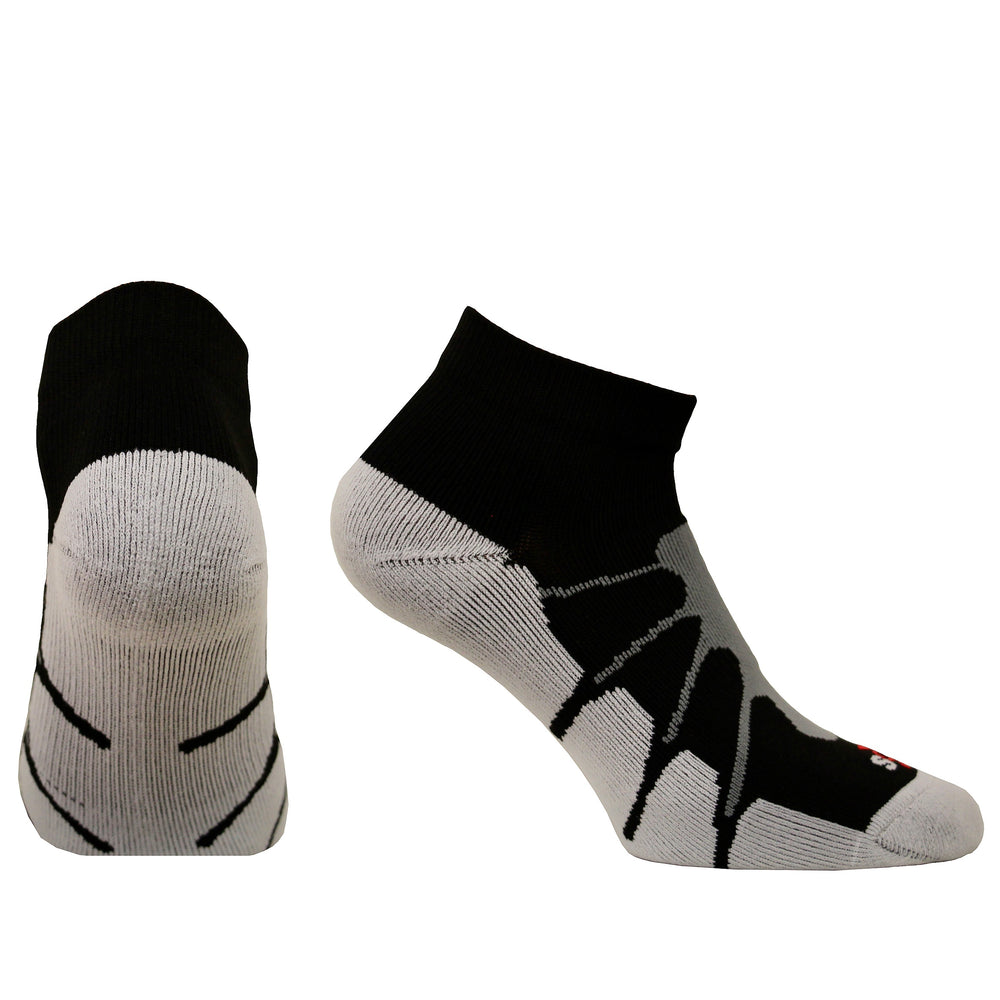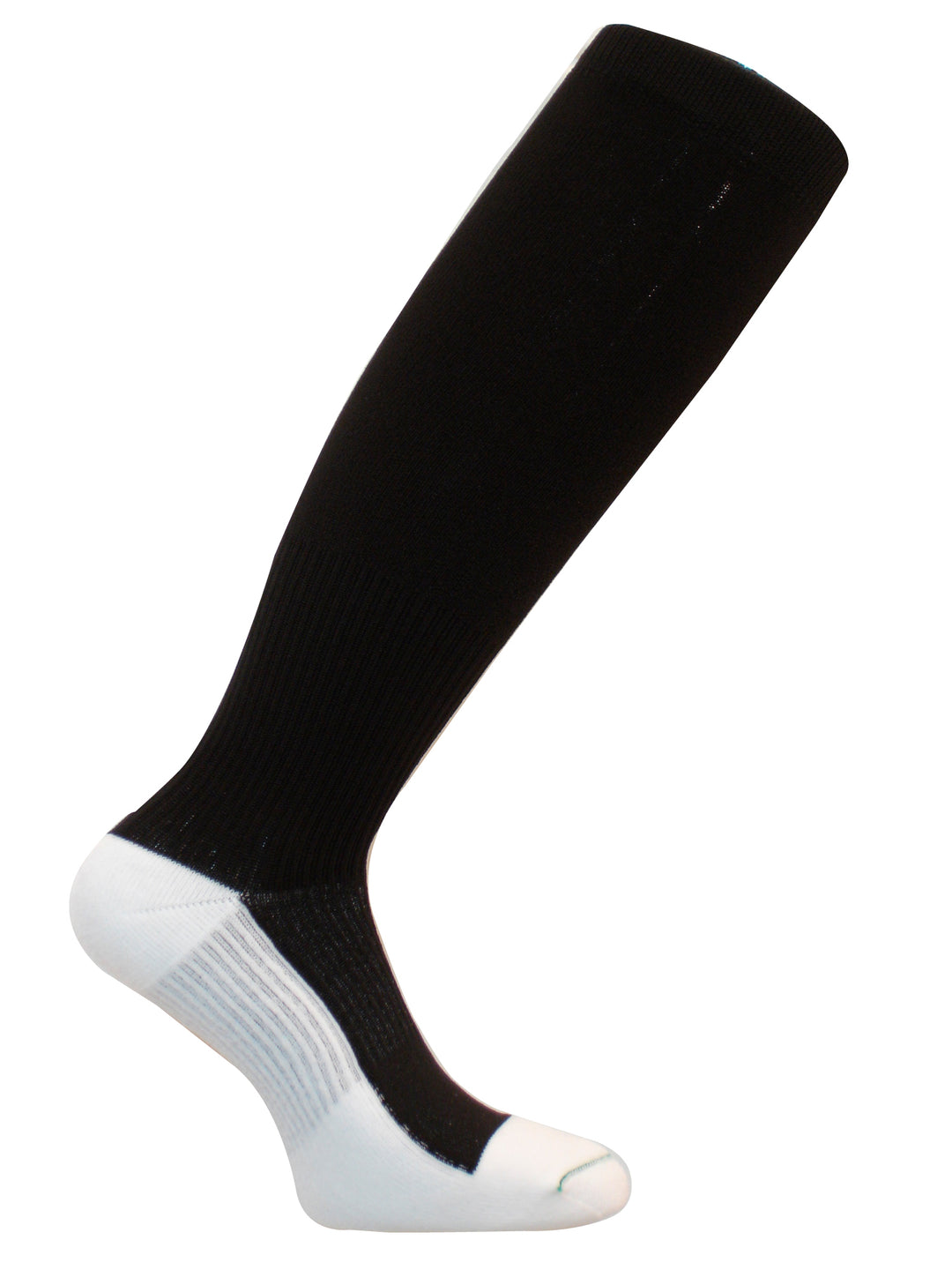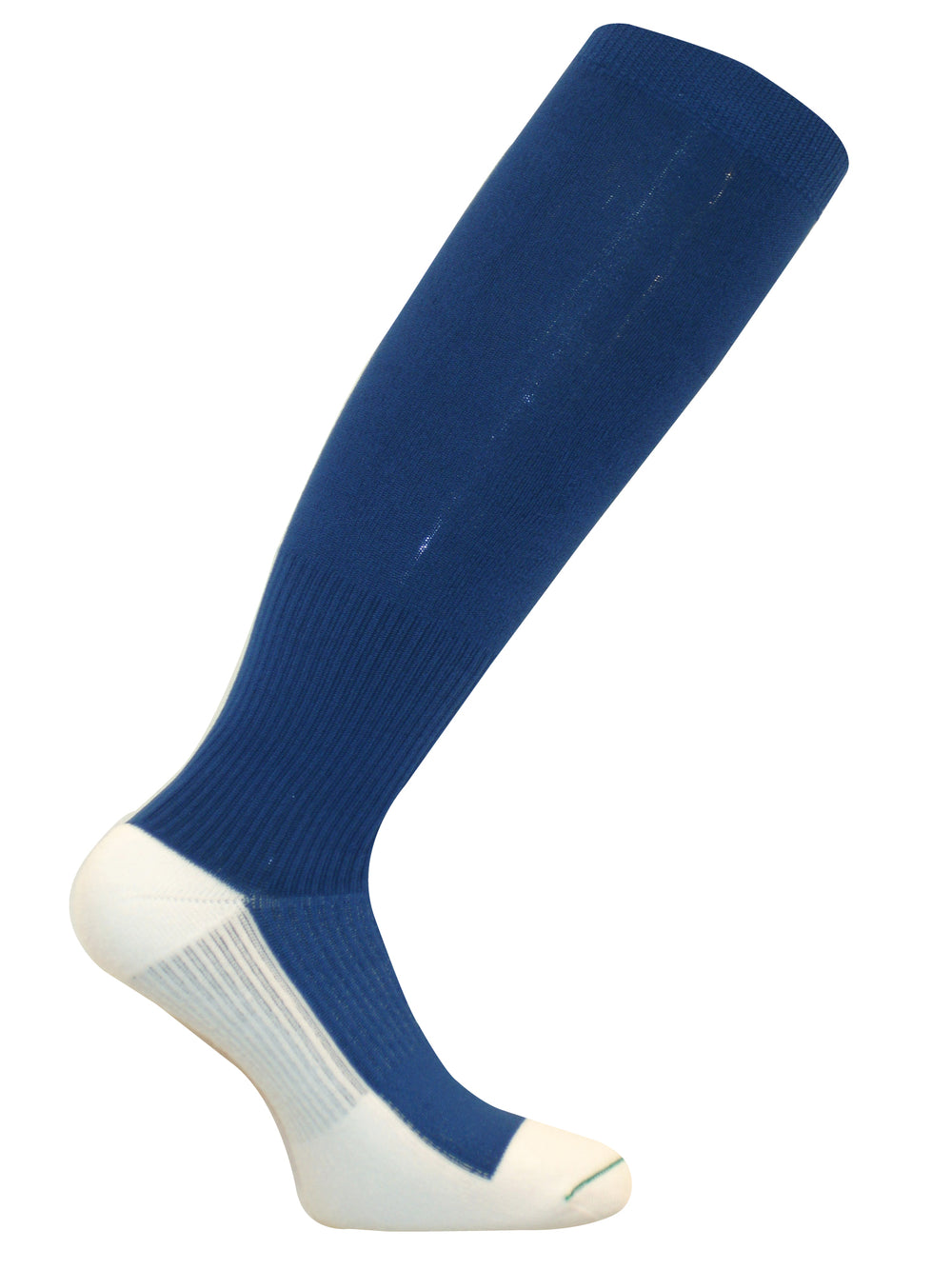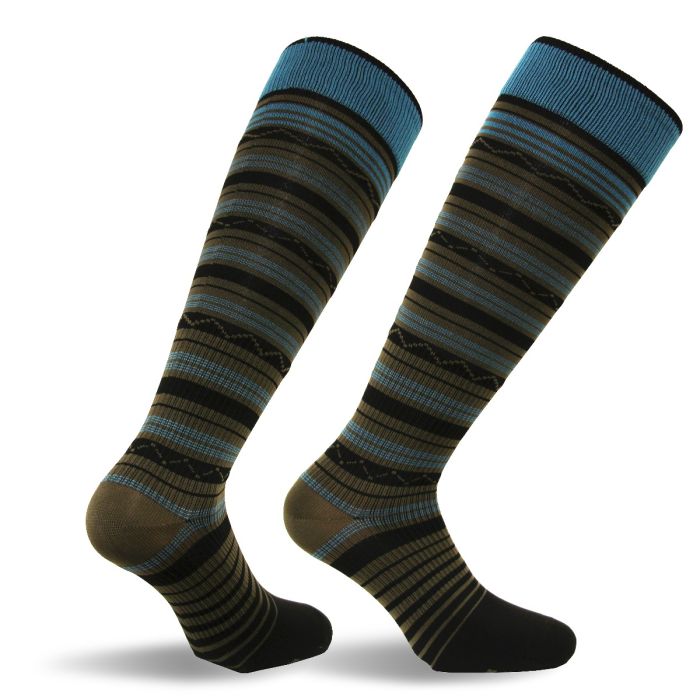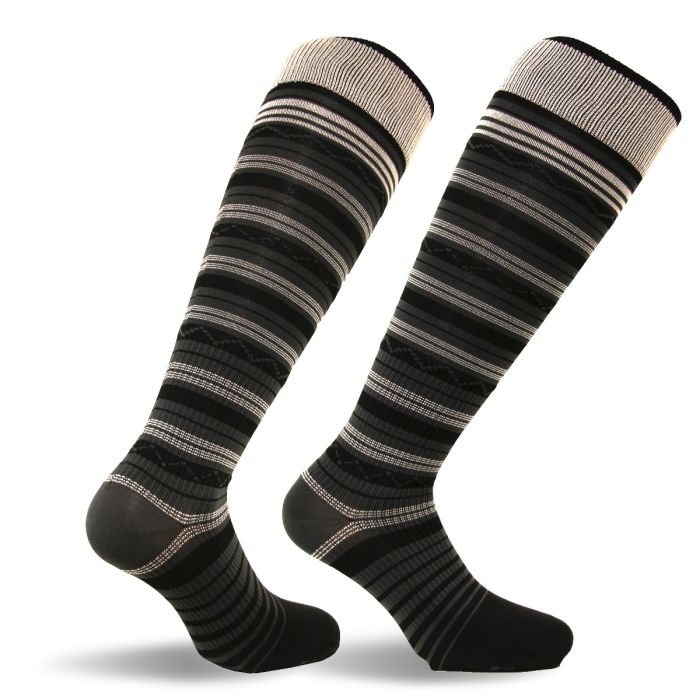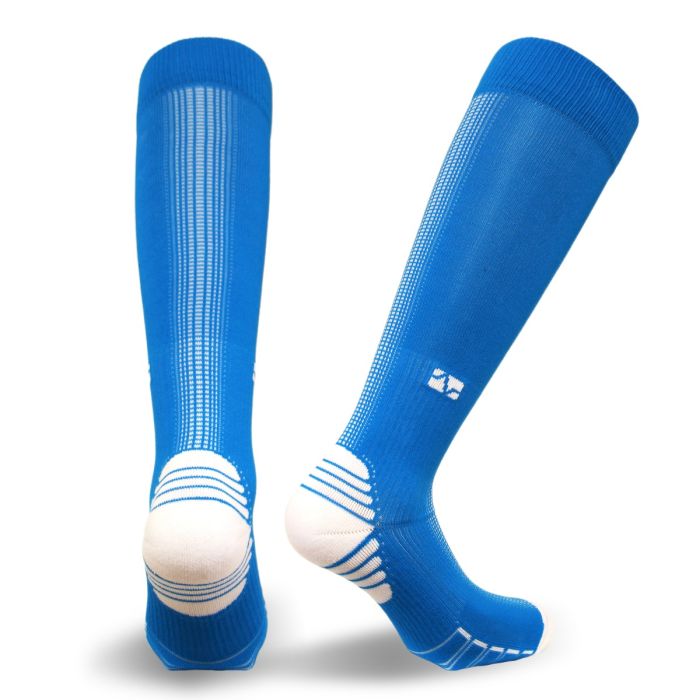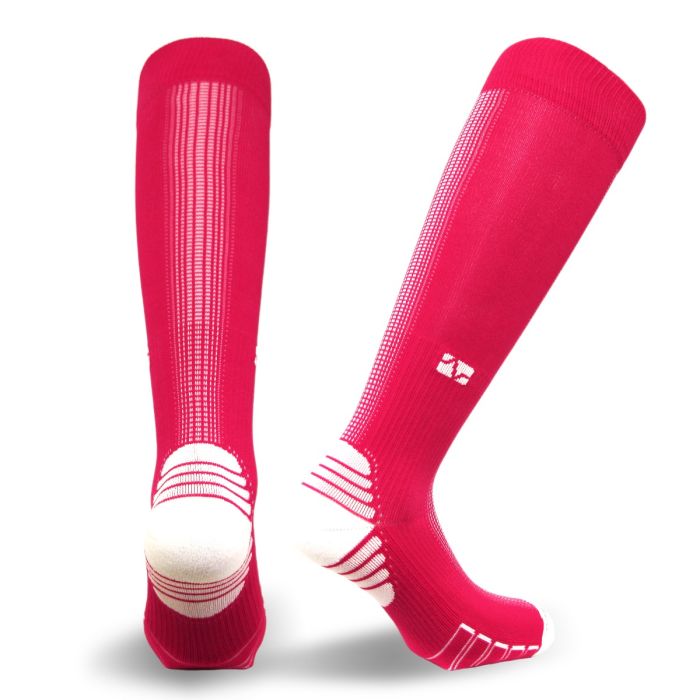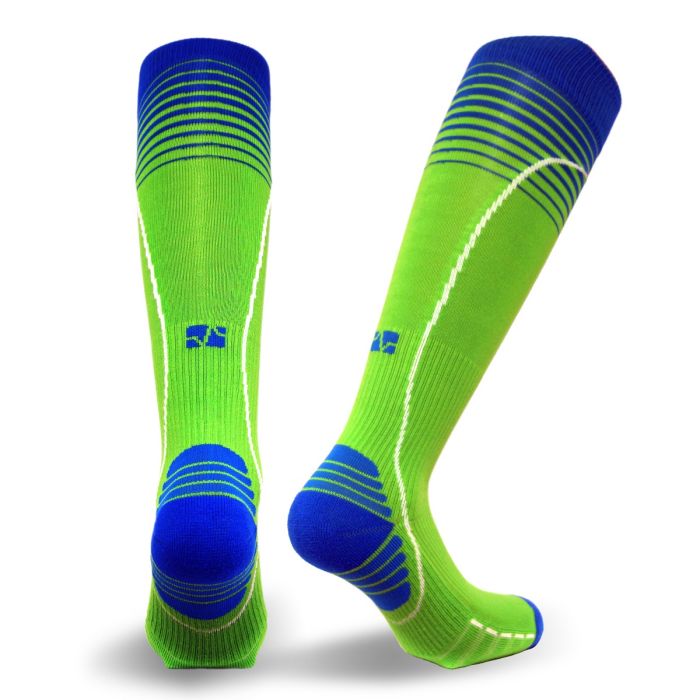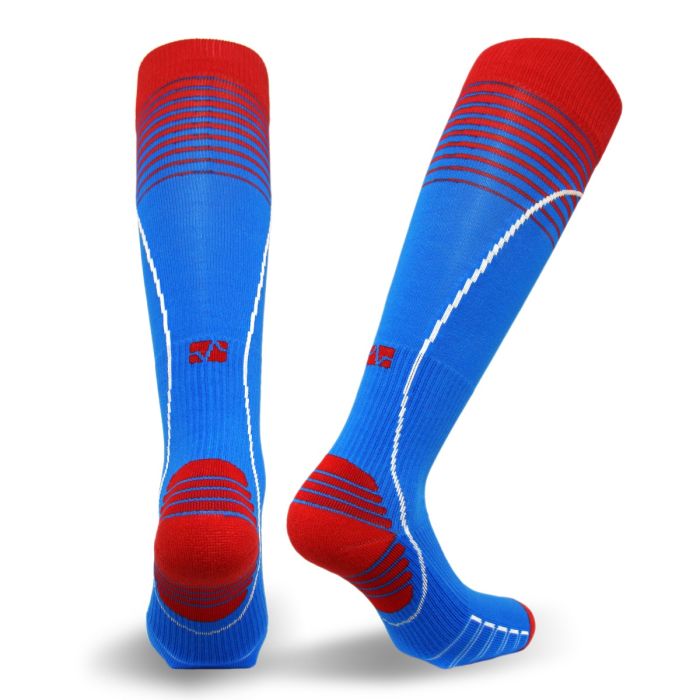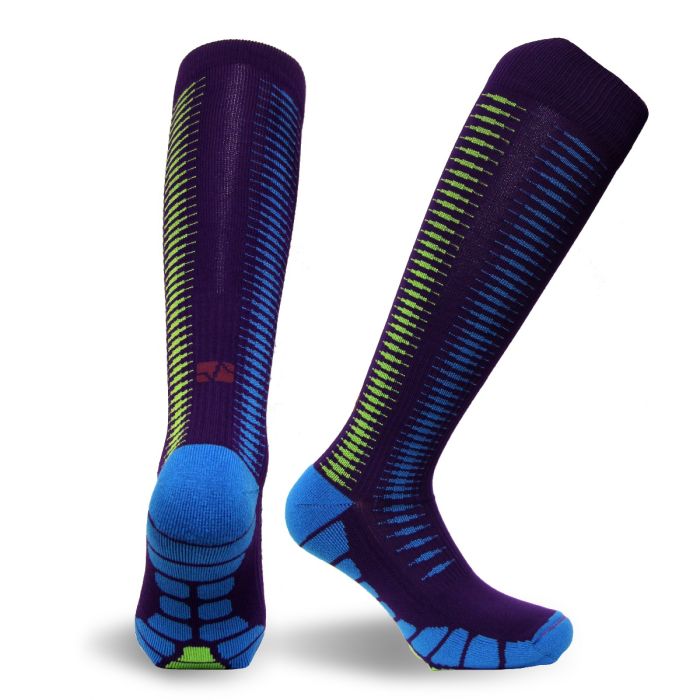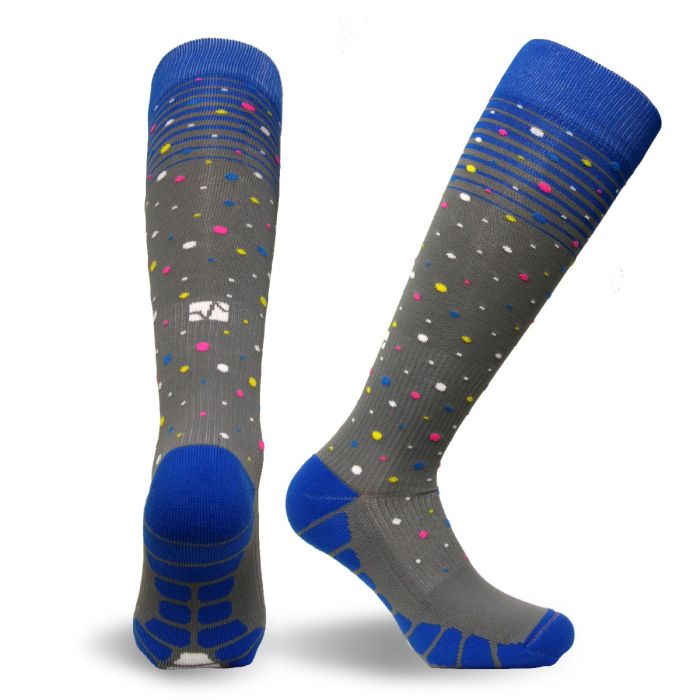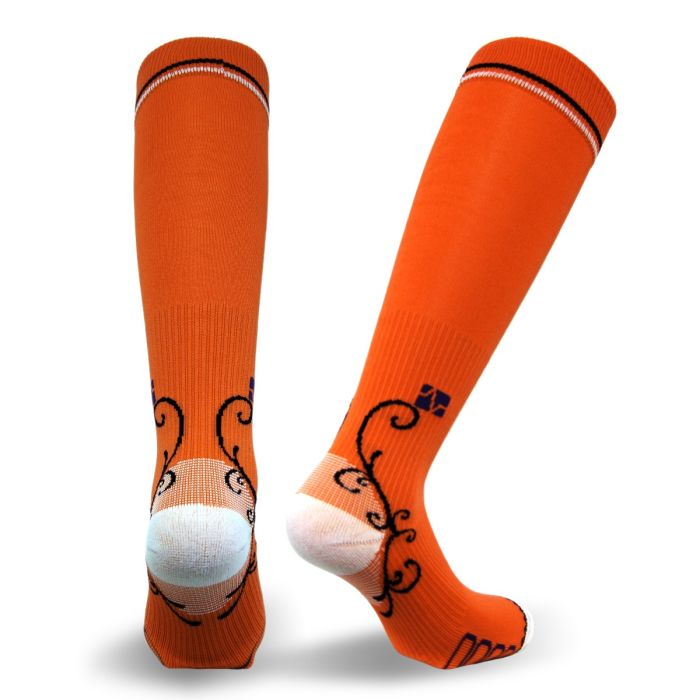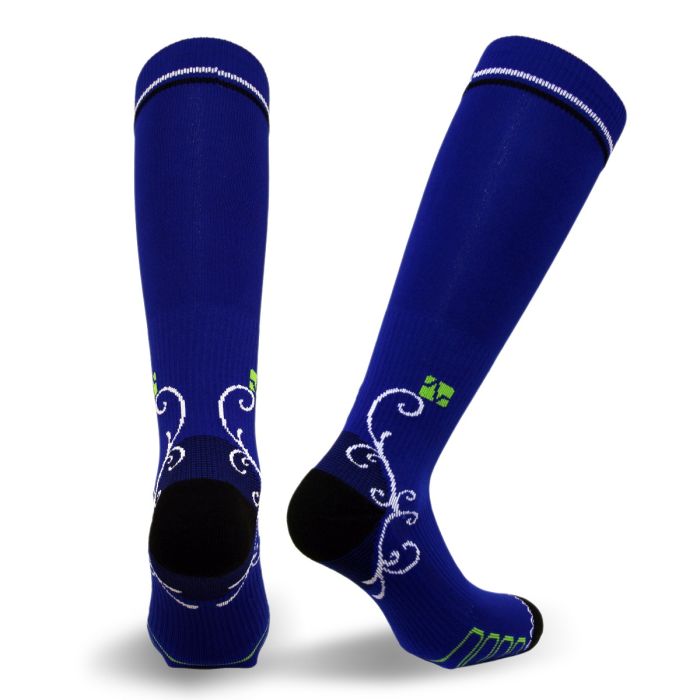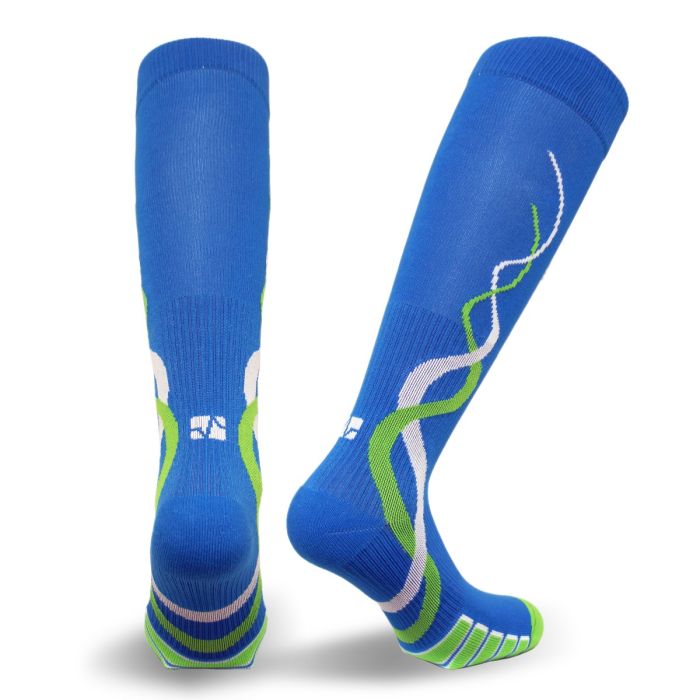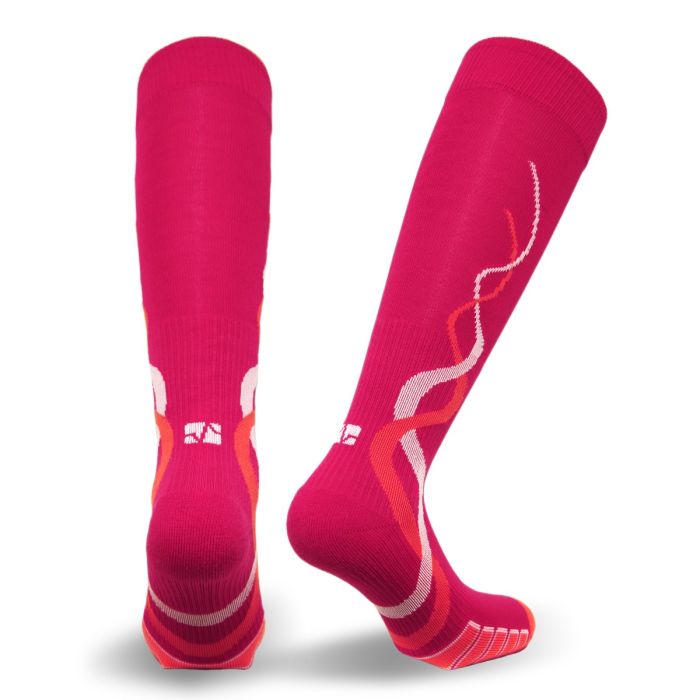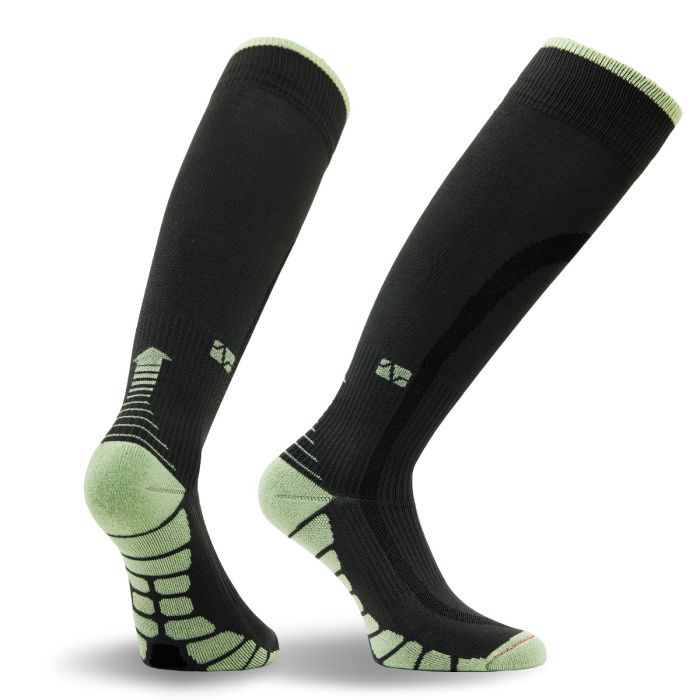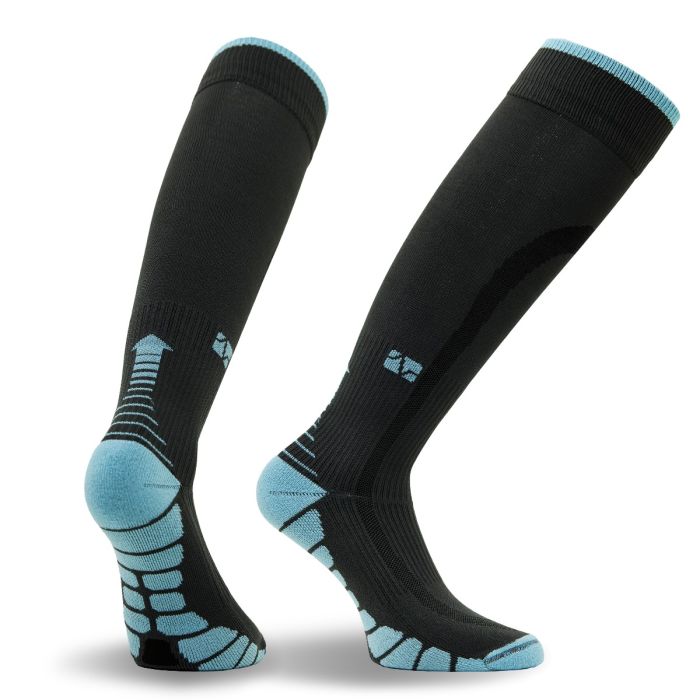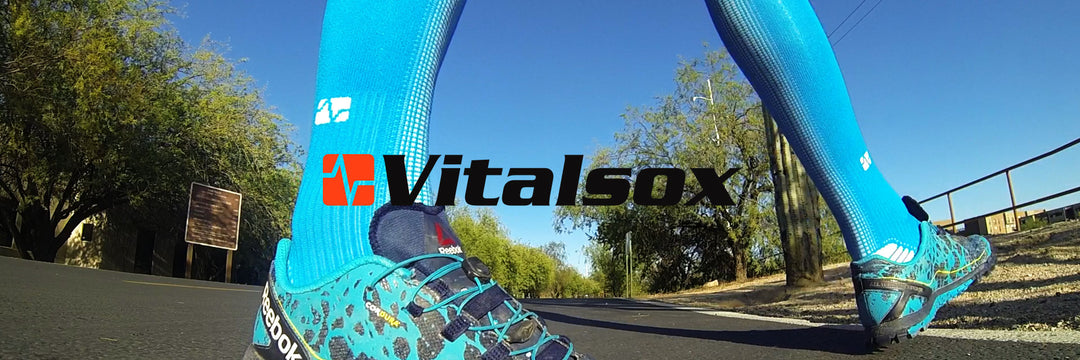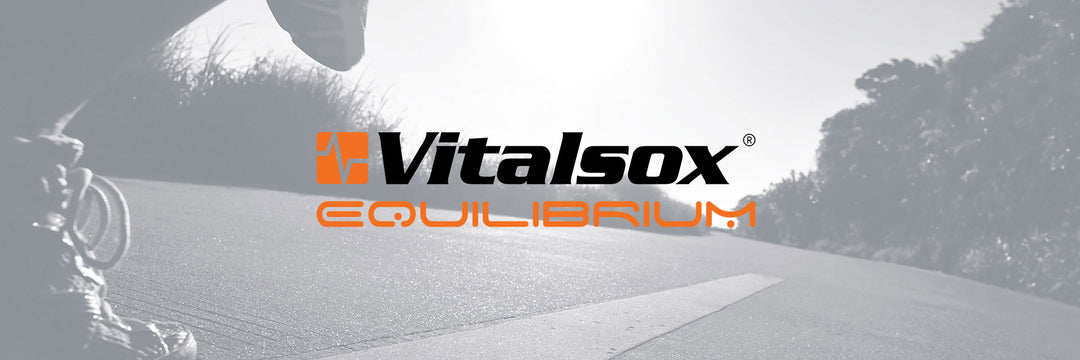What is Proprioception?
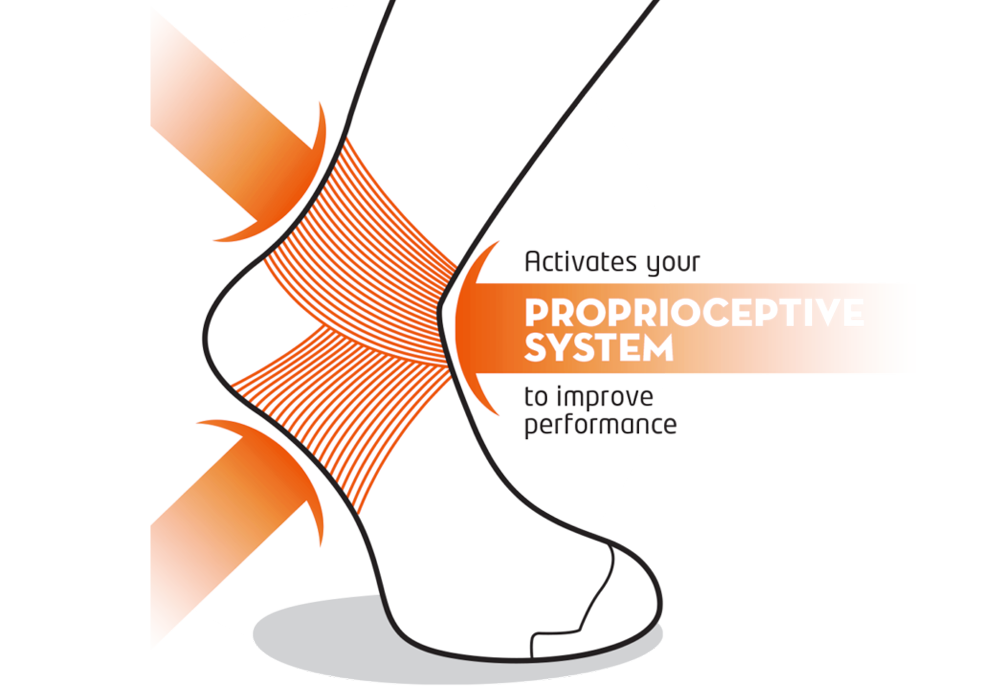
Proprioception is Your Sense of Movement
Proprioception, known as kinesthesia, is the sense of self-movement, force, and body position. It is part of your nervous system and essential for maintaining balance, coordinating movements, and regulating muscle tone. It allows your body to sense its place in the three-dimensional world.
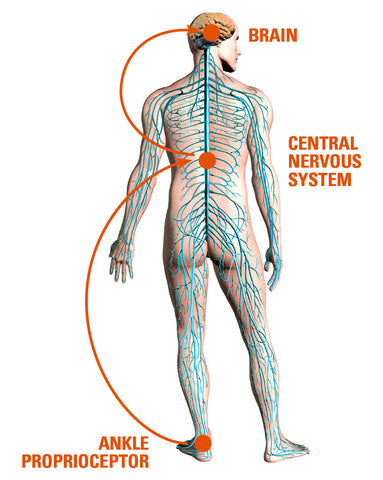
Your body gathers information about how it moves through the world using specialized sensory receptors called proprioceptors. These are in the body's muscles, tendons, and joints. When you move, these receptors send signals to the brain about the position and movement of your body parts. The brain then processes this information to map your body's position in space.
Proprioception is essential for everyday activities, such as walking, running, jumping, and anything physical. It also plays a role in more complex tasks, such as playing a musical instrument or dancing. Proprioception is also essential for maintaining balance.
Can Your Proprioception System be Impaired?
If you are experiencing problems with your sense of movement and balance, your proprioception system isn't working correctly. This can triggered by medicines neurological disorders, injuries, and certain medications. You can also be overstimulated or understimulated.
For instance, imagine being in a long car ride and suddenly stopping and getting out of the car. You still feel the vibration of the car. You may also not be steady for a few minutes until you can move around and "stretch your legs." This is your proprioception system being understimulated and having to re-adjust to the dimensional world.
You may have never heard of your "proprioception" system because doctors generally don't use that word. Instead, they'll call out defects in your sense of balance, movement, or stability. They might also talk about specific illnesses, like neuropathy (peripheral nerve damage), brain and joint injuries, diseases like ALS and MS, stroke, arthritis, and even autism. Although extreme, all of these can affect proprioception.
Proprioception disorders are a real thing. Strengthening your proprioception system is also a thing. Improving your proprioception system is especially important for athletes who need a highly tuned system of balance and stability. It's also essential for people as they age since aging naturally degrades your sense of balance.
To Improve Proprioception, First Exercise
The human body is designed to move. When it doesn't, your nervous system can degrade, and your sense of stability can worsen. Regular exercise can help keep your nervous system strong. Like the "use it or lose it" principle, exercise helps strengthen your nervous system and improve overall coordination and balance.

Consider trying an exercise that's low-impact and easy to learn. Yoga, tai chi, and Pilates all fit this bill. Yoga is universally known as a way to put soft pressure on joints and muscles, improving your "body-brain" connection that improves balance. Movements as easy as "downward dog" - where you bring your rear up and keep your hands and feet on the floor - excite your nervous system since you're experiencing a new perspective to the world. Forcing your mind to "think" about body position helps reinforce nerves, making them stronger.
Proprioceptive nerves often compliment a person's vestibular nerves. While proprioceptive nerves regulate stability and balance, vestibular nerves regulate motion. Both nervous systems are tuned differently for different people. For instance, some people are content running on a treadmill for an hour. For others, they need that sense of wind moving past them when they run to feel fulfilled. Still others need to jump out of airplanes to get the vestibular and proprioceptive input they need. It all depends on the person.
However, meditation can also help you gain the proprioceptive or vestibular input your body craves. Meditation can allow you to use your mind to reset your brain's relationship to its body, just like a good run. For instance, a specific type of meditation practice, called body scanning, has your mind "scanning" parts of the body, from feet to head, to visualize and relax your body in very defined stages and over about 15 minutes. Like yoga, Tai Chi or even running, this can reset the brain-body connection that our nerves maintain and help you become more balanced.
Then, Focus on Sleep for Better Body Balance
Proprioceptive health also depends on your levels of sleep.
Sleep is essential for overall health and well-being, including brain health. When you don't get enough sleep, your nervous system, especially your proprioception system, can be impaired. Counter the wear and tear on your nervous system by finding your optimum level of sleep and scheduling your day to get that level.
Not prioritizing sleep can have a strongly negative effect to our nervous system. As Matthew Walker, famed neuroscience professor, said, ".... short sleep predicts a shorter life. It predicts all causes of mortality."
By not sleeping, your body can't recover from the previous day's stresses. Instead, it accumulates those stresses. One of the outcomes is then a reduced sense of mobility.
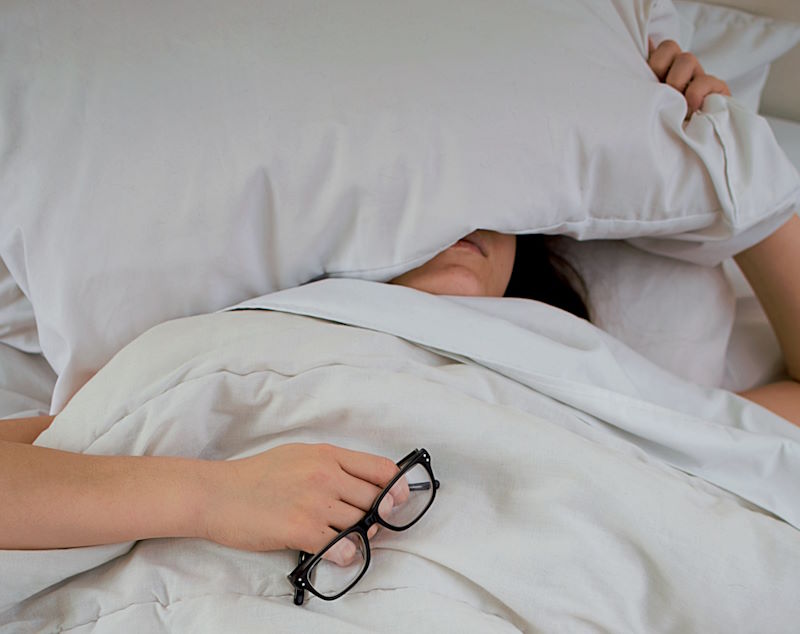
Finally, Targeted Pressure Matters for Balance
Your body's proprioceptive system exists to sense pressure and stimuli. You need this set of nerves to know where your body exists in three dimensions and how efficiently you're moving through it. Without this nervous system being strong, you run the risk of having balance and stability issues.
Providing targeted pressure works this system and keeps them strong. It's like lifting weights will work your muscles so they're ready when you need them.
Socks from Sox Solutions are intended to help stimulate your proprioceptive nervous system to help strengthen your body's sense of balance. As a runner or athlete, having a better command of your body's sense of connection to the world means you can move more efficiently through it. Non-athletes also need this additional connection to their nervous system so they can maintain a higher quality of life longer.
Do Compression Socks Improve Proprioception and Stability?
Yes, compression socks can improve proprioception. Proprioception is the sense of self-movement, force, and body position. Compression socks work by applying pressure to the legs, which helps to increase blood flow and reduce swelling. This can improve the sensitivity of the proprioceptors in the muscles, tendons, and joints, leading to better proprioception.
A number of studies have shown that compression socks can improve proprioception in both healthy and injured individuals. Our lab found that wearing compression socks improved balance and gait stability in people with all ages and levels.
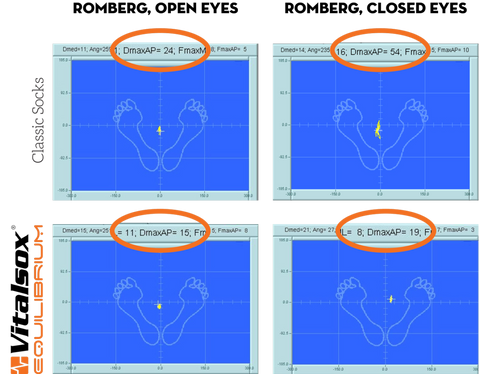
If you are considering using compression socks to improve your proprioception, choose wisely for your specific needs.
- Choose compression socks that are the right size and fit snugly but comfortably.
- Put on your compression socks first thing in the morning and take them off at night before bed.
- Do not wear compression socks to bed.
If you have any discomfort or swelling while wearing compression socks, take them off and contact your doctor.
Questions? Contact Sox Solutions!
We're here to answer questions about how our sock technology works and the thinking behind each model. Simply reach out through our Contact Us page. We're just a click away.




